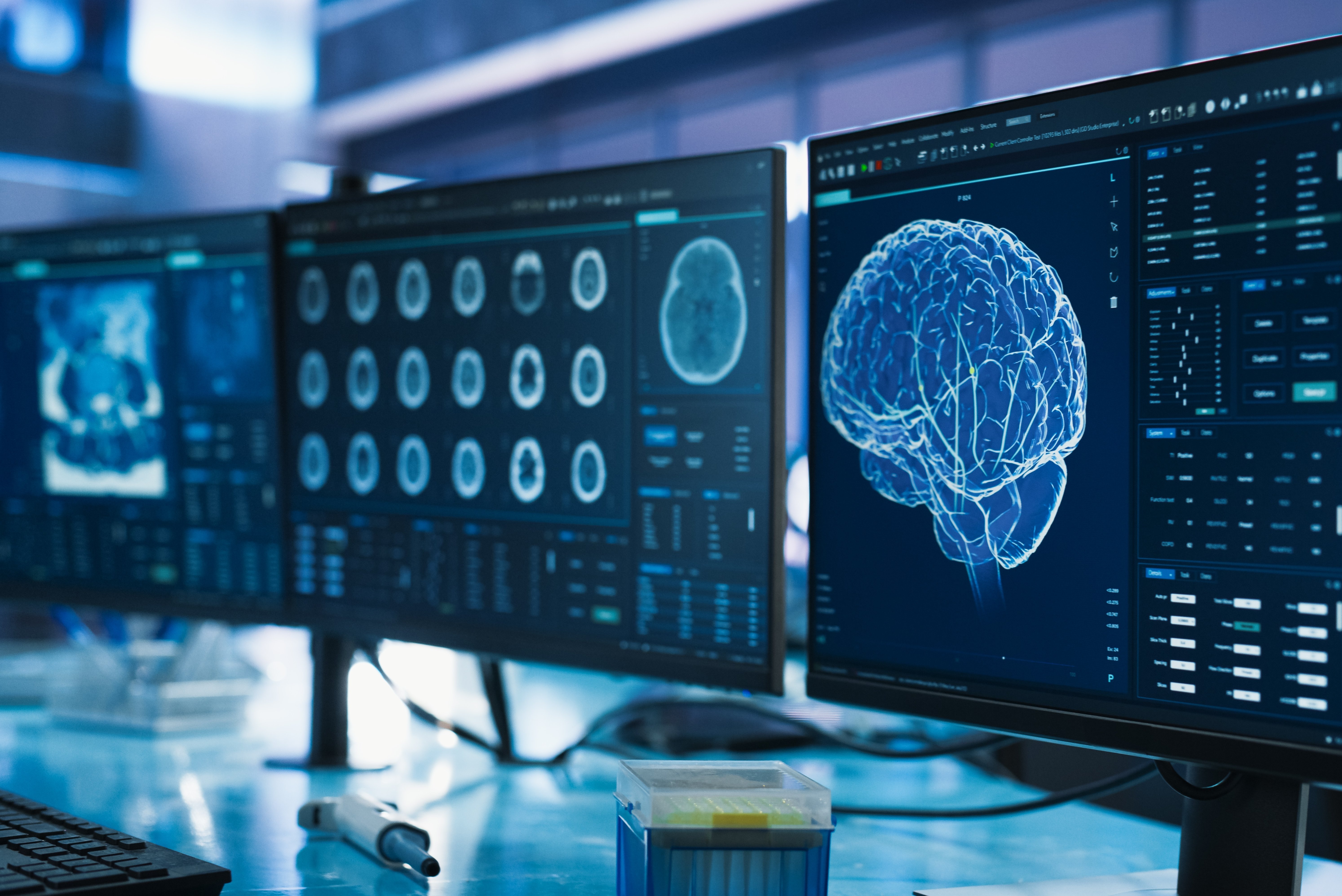
(Vienna, 07 March 2025) A joint study by MedUni Vienna and Stanford University has investigated the relationship between the stress hormone cortisol and the size of the hippocampus in different types of depression. It was found that patients with psychotic depression have higher cortisol levels in the evening, while in non-psychotic depression, higher nocturnal cortisol levels are associated with a smaller hippocampus. This suggests that different processes take place in the brain in the two forms of depression. The results were recently published in the Journal of Affective Disorders.
The study, led by Lukas Pezawas from the Department of Psychiatry and Psychotherapy at MedUni Vienna, investigated how the circadian cortisol profile and hippocampal volume differ in patients with psychotic (PMD) and non-psychotic (NPMD) depression compared to healthy individuals. Cortisol measurements and structural MRI scans were carried out over a longer period of time to clarify whether and how these parameters are linked. The patient groups were compared with a group of healthy controls.
32 healthy volunteers, 27 NPMD patients and 26 PMD patients took part in the study. Blood samples were taken every hour over a period of 15 hours (from 18:00 to 09:00) to record the circadian course of cortisol levels. In parallel, structural magnetic resonance imaging (sMRI) was performed to determine the volume of the hippocampus. The data collected was analysed using standardised statistical methods in order to investigate correlations between the measured cortisol levels, the hippocampus volume and the severity of depressive symptoms.
"Our study shows that PMD patients have higher cortisol levels in the evening compared to NPMD patients and healthy controls," explains Lukas Pezawas. "A negative correlation between nocturnal cortisol levels and hippocampal volume was also found in NPMD patients. These findings suggest that different neurobiological mechanisms are at work in the two forms of depression."
The results provide a further contribution to a better understanding of the biological basis of depression and may help to refine diagnostic and therapeutic approaches in the future.
Publication: Journal of Affective Disorders
HPA axis in psychotic and non-psychotic major depression: Cortisol plasma levels and hippocampal volume
U. Rabl, L. Bartova, P. Sezen, J. Keller, A. Schatzberg, L. Pezawas
Volume 377, 15 May 2025, Pages 14-22
https://doi.org/10.1016/j.jad.2025.02.014